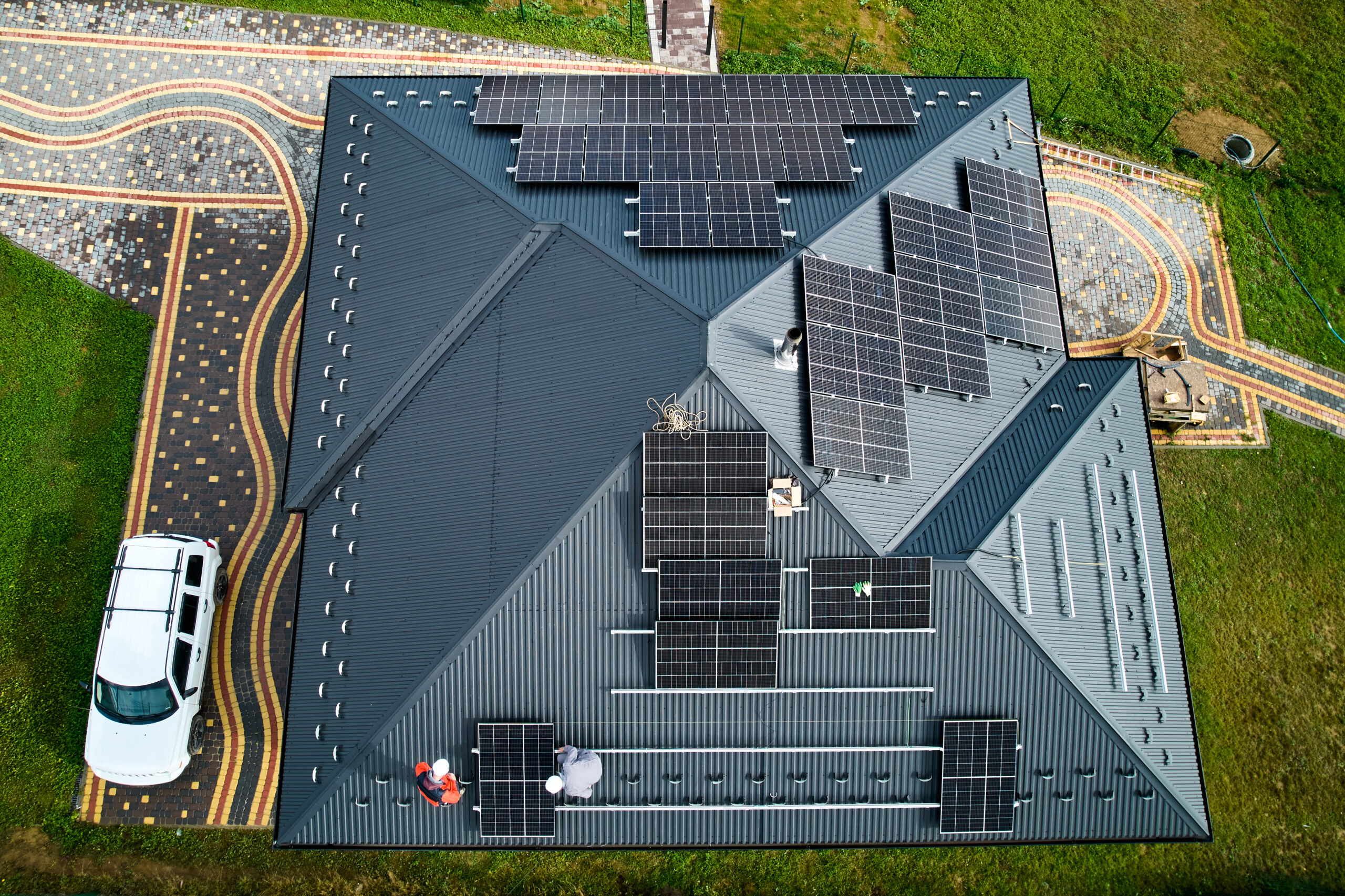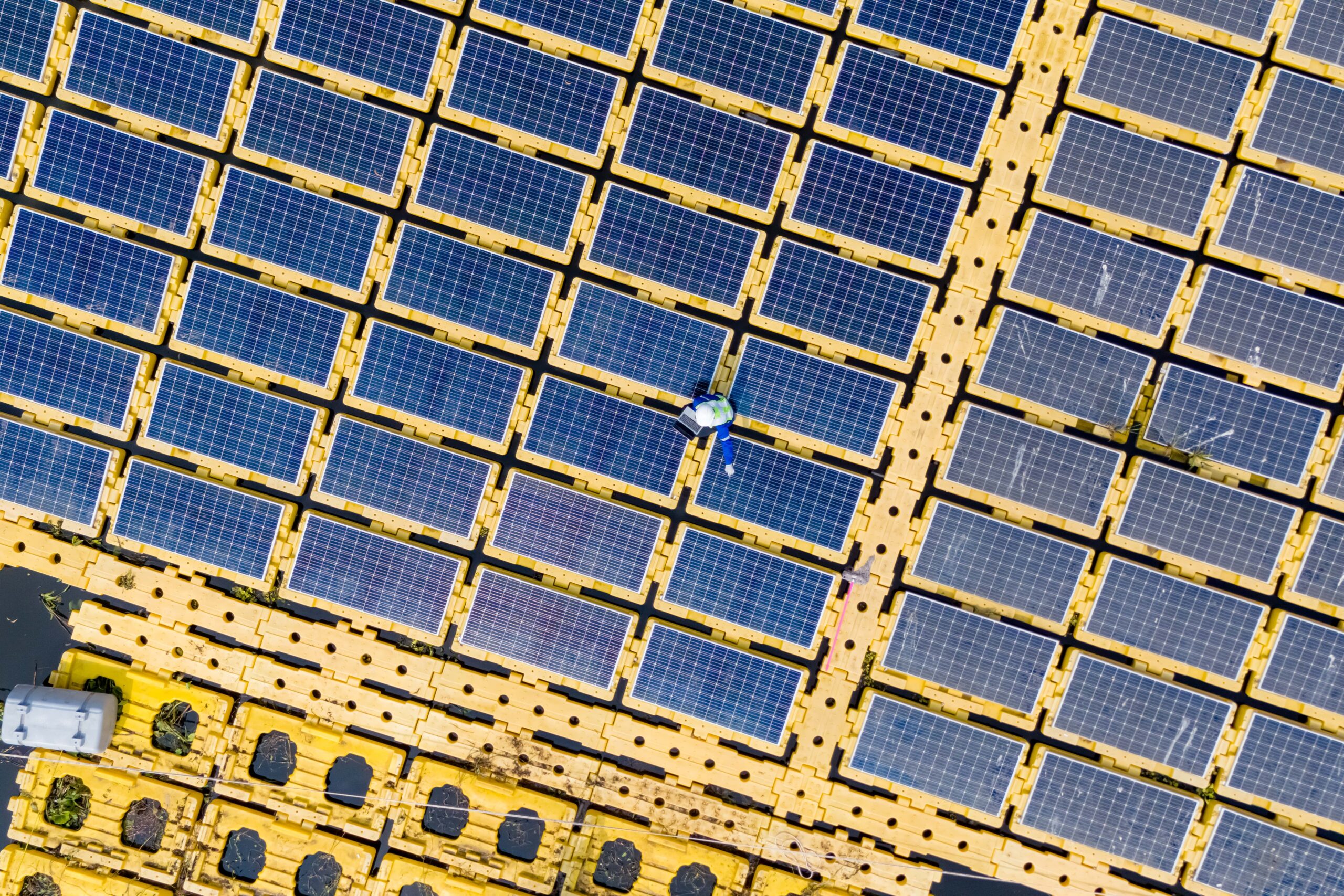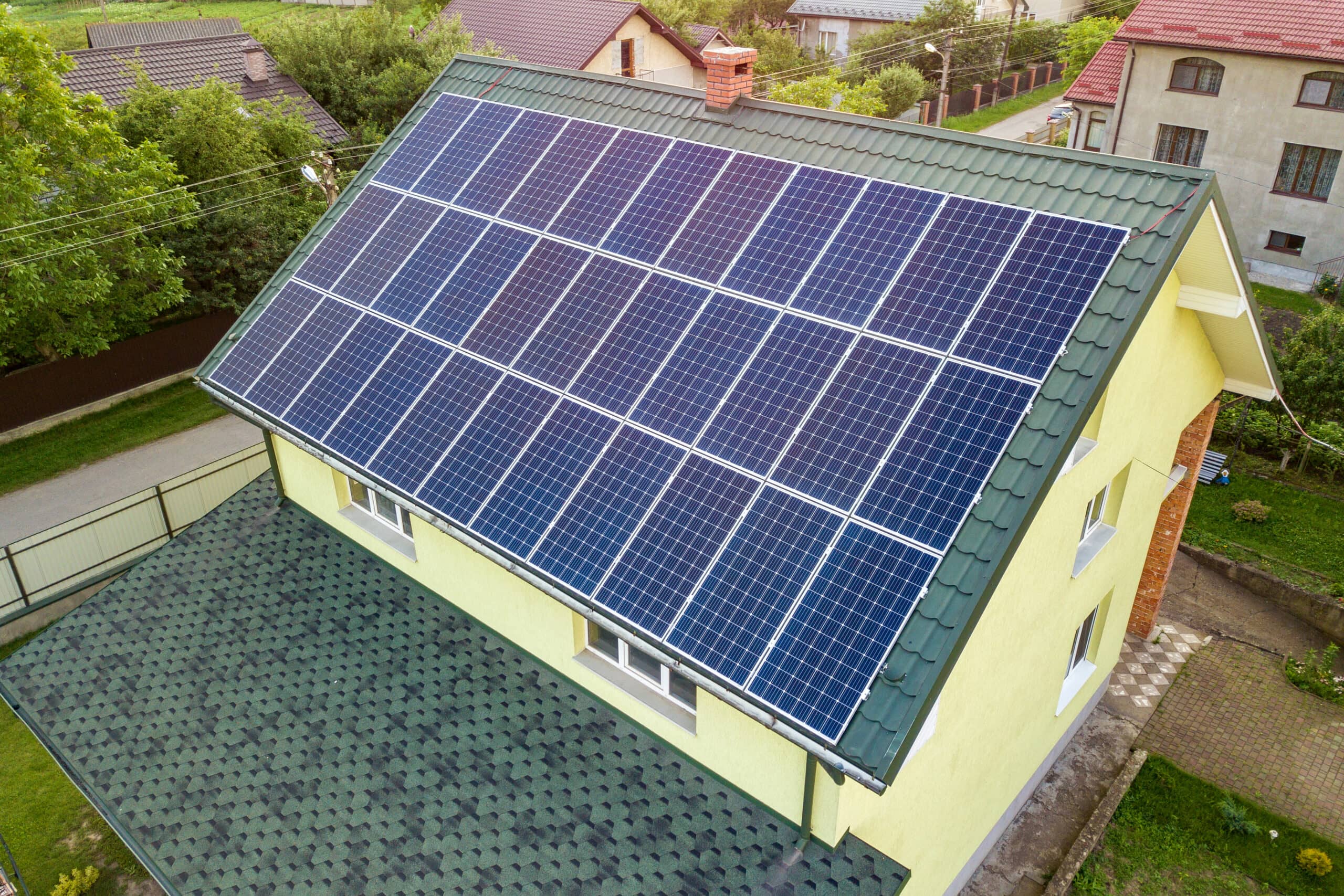So, you’re curious about solar panels and whether they’re worth it in 2024. Well, solar energy is all the rage these days! It’s not just about saving money on your electricity bills but also about positively impacting the environment. And guess what? The number of solar panels your roof can handle plays a role in harnessing that solar power.
Now, when figuring out how many panels can fit on your roof, there are a few things to consider. First up, the size and orientation of your roof are key factors. A larger roof tends to have more solar potential. Don’t worry if your roof is on the smaller side. There are still ways to make it work!
Another thing to remember is the amount of sunlight your roof receives. The more sunlight, the more energy your panels can generate. Shading can be a bit of a buzzkill, so assessing potential shade sources like trees or nearby buildings is essential.
But wait, there’s more! We can’t forget the incentives that make going solar even more enticing. Net metering allows you to sell excess energy back to the grid, while tax credits, grants, rebates, and feed-in tariffs can help offset the initial costs. These incentives vary depending on where you live, so it’s worth looking into what’s available in your area.
By the end of this article, you’ll better understand whether solar panels are worth it for your home in 2024. So, let’s dive in and shed some light on the solar panel journey together!
Roof Space Assessment
Assessing the available roof space is crucial for solar panel installation. Let’s break it down:
1. Importance of Assessing Roof Space: By accurately measuring your roof dimensions, you can determine how many solar panels can fit and how much energy they can generate. This assessment helps optimize your solar system’s performance and ensures maximum energy production.
2. Measuring Roof Dimensions: You should hire a professional to measure your roof accurately. Measure the length and width of each roof section or area where you plan to install solar panels. Add these measurements to get the total roof space available.
3. Tilt Angle: Your roof’s tilt angle affects the efficiency of solar panels. Generally, the optimal tilt angle equals your location’s latitude. However, solar panels can still be effective even if the roof’s tilt angle is not optimal.
5. Shading: Shading from trees, nearby buildings, or other objects can significantly impact solar panel performance. It’s essential to assess and minimize shading as much as possible to ensure maximum sunlight exposure for your panels.
Considering these factors, you can determine the best placement and configuration for your solar panels, maximizing their efficiency and energy production. It’s always a good idea to consult a professional solar installer for accurate assessments and guidance tailored to your roof.
Understanding Electrical Service Size
The electrical service size is crucial in determining the number of solar panels that can be installed. Here’s what you need to know:
1. What is Electrical Service Size? Electrical service size refers to the capacity of your electrical system to handle the flow of electricity. It is measured in amps (A) and is typically indicated on your electrical panel or utility bills. The service size represents the maximum amount of electricity your home can safely handle.
2. Impact on Solar Panel Installation: The electrical service size determines how much electricity your home can consume or export to the grid. When installing solar panels, it’s important to ensure that your electrical service size can accommodate the additional energy generated by the panels. If your service size is too small, it may limit the number of panels you can install or require an upgrade to handle the increased load.
3. Determining Your Electrical Service Size: To determine your current electrical service size, you can check your electrical panel or consult your utility company. Look for the main breaker or the panel’s rating. Standard residential service sizes are 100A, 200A, or higher. A licensed electrician can help determine your electrical service size if you need more clarification.
4. Upgrading Your Electrical Service: If your current electrical service size is insufficient to handle the additional load from solar panels, you may need to upgrade your electrical service. This typically involves replacing the electrical panel and increasing the amp capacity. Upgrading your electrical service ensures that your home can safely and effectively utilize the energy generated by the solar panels.
Remember, it’s essential to consult with a licensed electrician or solar installer to accurately assess your electrical service size and determine if an upgrade is necessary.
Calculating Solar Panel Capacity
Calculating the solar panel capacity requires considering your energy consumption and available roof space. Here’s how you can estimate your solar panel requirements:
1. Determine Your Energy Consumption: Start by understanding your average energy consumption. Look at your utility bills to find your monthly or yearly energy usage in kilowatt-hours (kWh). This information will help you estimate the amount of electricity your solar panels will need to generate.
2. Consider Available Roof Space: Assess the available roof space for solar panel installation. Take into account factors like shading, obstructions, and the orientation of your roof. South-facing roofs typically receive the most sunlight, but east and west-facing roofs can also be viable options. Measure the dimensions of your roof to get an idea of the total available area for solar panels.
3. Calculate Solar Panel Capacity: To estimate the solar panel capacity needed, you can use the following formula:
Solar Panel Capacity (kW) = Energy Consumption (kWh) / Annual Solar Generation Factor
The Annual Solar Generation Factor represents the average solar energy production per installed kilowatt of solar panels in your area. This factor can vary depending on geographic location, climate, and panel efficiency. You can find this information from solar resources, local solar installers, or online solar calculators specific to your region.
4. Use Online Solar Calculators: Online solar calculators can provide a more accurate estimate of your solar panel requirements. These tools consider various factors such as location, roof orientation, shading, and panel efficiency. They can provide a recommended solar panel capacity based on your energy consumption and available roof space.
Remember, these calculations and estimates are a starting point. It’s always a good idea to consult a professional solar installer for a more accurate assessment and personalized recommendations for your situation.
Considering Local Regulations and Building Codes
Complying with local regulations and building codes is crucial when installing solar panels. Here’s why it’s important and some tips to navigate the permitting process:
1. Safety and Quality Assurance: Local regulations and building codes are in place to ensure solar installations’ safety and structural integrity. By following these guidelines, you can have peace of mind knowing that your system is installed correctly and meets safety standards.
2. Legal Compliance: Installing solar panels without proper permits and compliance with local regulations can result in fines, penalties, or even the removal of the solar system. Adhering to the rules is essential to avoid any legal issues or complications in the future.
3. Navigating the Permitting Process: Here are some tips to help you navigate the permitting process:
- Research: Familiarize yourself with the specific regulations and requirements in your province. Check with your local building department or consult a solar professional for guidance.
- Documentation: Prepare all the necessary documents, such as system design plans, electrical diagrams, and equipment specifications, as required by your local jurisdiction.
- Submitting the Application: Complete and submit the permit application and the required documents. Double-check that you’ve included all the necessary information to avoid delays or rejections.
- Communication: Maintain open communication with the permitting authorities. If you have any questions or need clarification, please contact them.
Remember, every province has different requirements, so staying informed and following the guidelines specific to your location is essential. Working with a reputable solar installer can also help streamline the process and ensure compliance.
Options for Maximizing Solar Power
When it comes to maximizing solar power generation within the constraints of roof space and electrical service size, you can consider a few strategies. Here are some examples:
1. Solar Panel Placement: Optimize the placement of solar panels on your roof to maximize sunlight exposure. This may involve avoiding shading from nearby objects like trees or buildings and angling the panels towards the sun’s path.
2. Tilted Mounting Systems: Consider using tilted mounting systems that adjust panel angles. This can help capture more sunlight throughout the day and maximize energy production.
3. Solar Tracking Systems: Explore innovative solar tracking systems that automatically adjust the position of the panels to follow the sun’s movement. These systems can optimize energy generation by ensuring panels always face the sun.
4. Bifacial Solar Panels: Bifacial panels can absorb sunlight from both sides, increasing energy production. They can be particularly beneficial in areas with high reflectivity, such as snowy regions or rooftops with light-colored surfaces.
Remember, it is essential to consult with a solar professional who can assess your situation and provide tailored recommendations based on your roof’s characteristics and electrical service size.
Understanding how many solar panels can fit on your roof involves carefully considering factors like roof size, orientation, shading, and energy needs. Homeowners can make informed decisions about their solar installation by assessing these variables and consulting with solar energy professionals. Remember, it’s essential to plan meticulously to maximize the efficiency and effectiveness of your solar panel system. Don’t hesitate to contact experts for personalized advice tailored to your specific circumstances.






